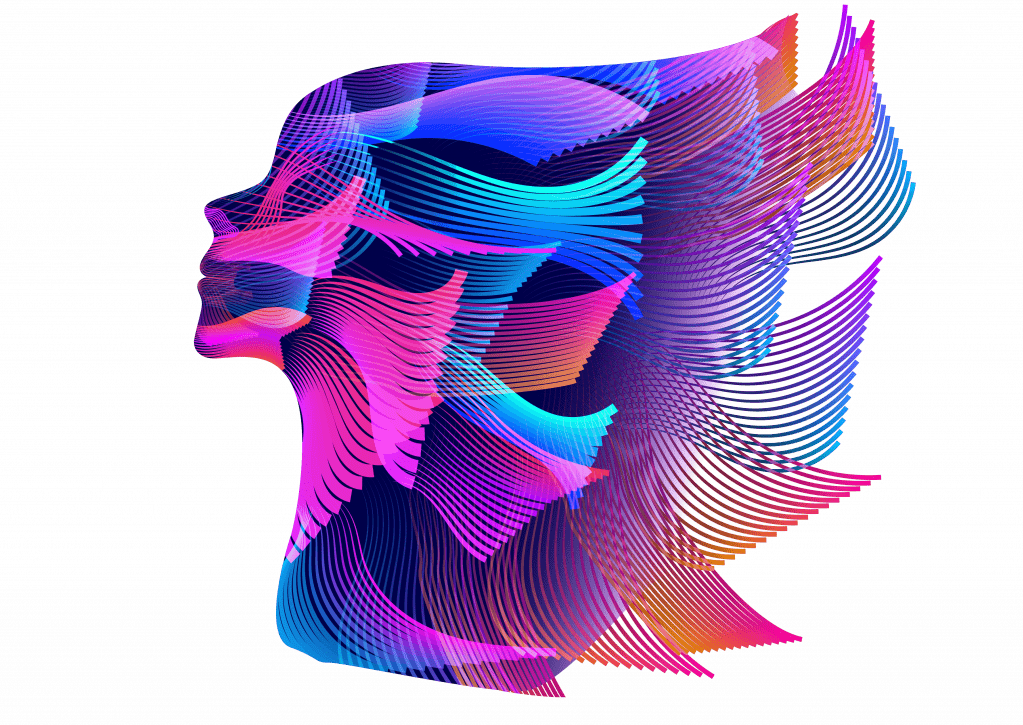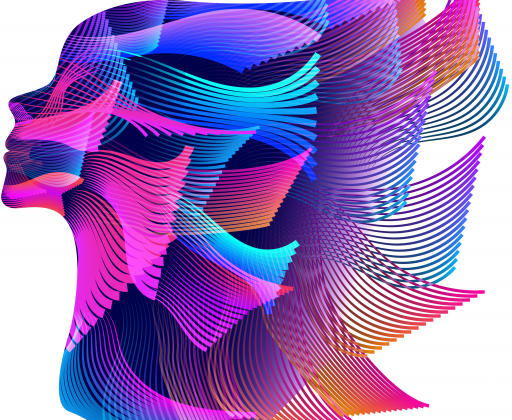Science of Microdosing
Science of Microdosing
While psychedelic substances have been illegal and prohibited from study in the vast majority of countries up until the past few years, many of the world’s top experts have made incredible strides picking up on research started in the 1950s and 60s.
Much of what we understand about how psychedelics work involves serotonin, a chemical that keeps our brains ticking. It is one of the most important neurotransmitters in the brain, and affects nearly everything we do, from how we feel to how we process information.
Classic psychedelics such as LSD has a similar structure to serotonin, and work along a similar pathway…
Many antidepressants (called Selective Serotonin Reuptake Inhibitors, or SSRIs) try to make serotonin more plentiful in the brain to make you feel better.
Psychedelics work more directly, by mimicking serotonin. This means that one of their main effects is to stimulate a serotonin receptor, located in the prefrontal cortex, called “5-HT2A.”
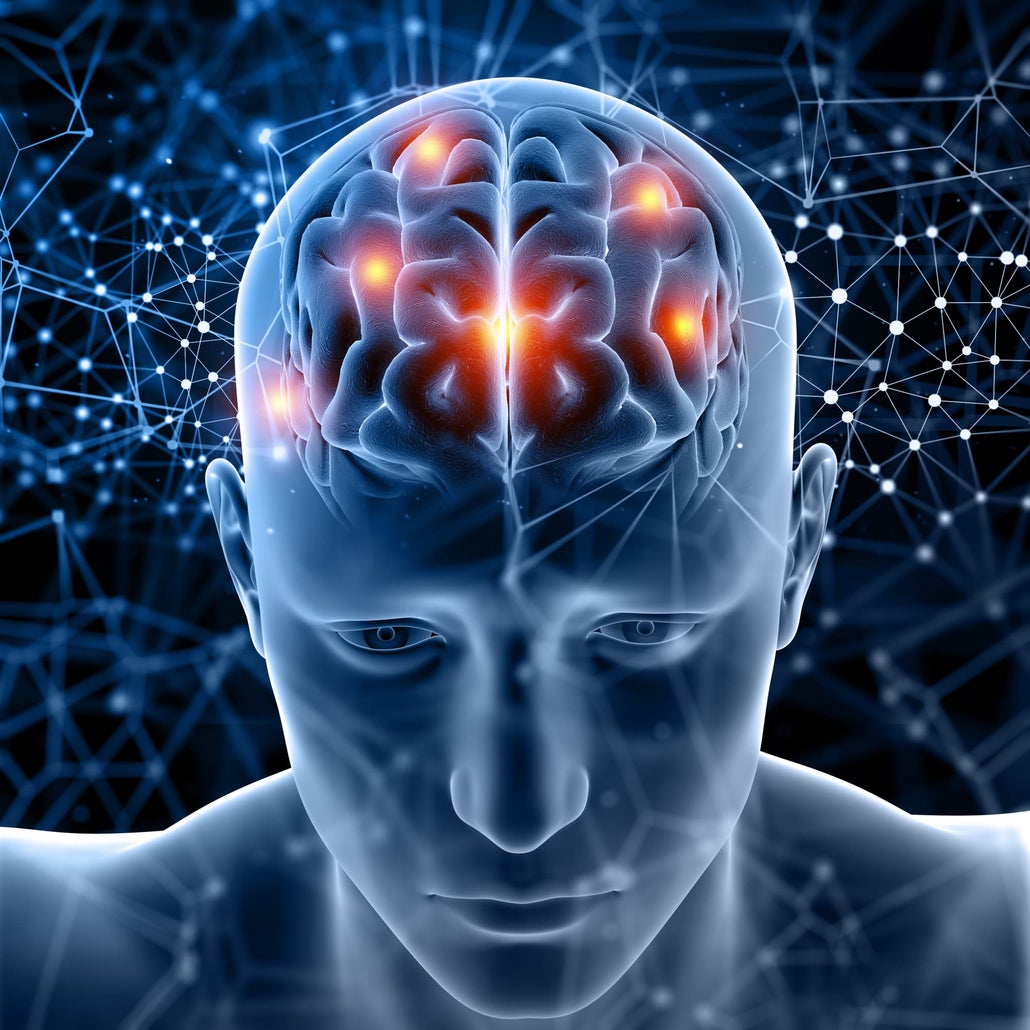
The stimulation of the 5-HT2A receptor leads to two very important results:
- The production of “Brain Derived Neurotrophic Factor” (BDNF). BDNF is “like Miracle-Gro for your brain. It stimulates growth, connections, and activity.” [1]
- The increased transmission of “Glutamate.” Glutamate is the neurotransmitter most responsible for brain functions like cognition, learning, and memory. [2]
A 2019 systematic study of microdosing found that it led to longer-term improved mental health and improved concentration. Interestingly this same study found that microdosers’ expectations didn’t alter their experiences, suggesting the benefits of microdosing aren’t just a placebo effect.
Like full doses, microdoses of psychedelics appear to encourage neuron growth, so we can expect future research to branch out into investigating new treatments for Alzheimer’s disease and dementia. Recent research also indicates that low doses of LSD can reduce perceptions of discomfort, suggesting the potential for a whole new approach to pain relief.
Recent Research
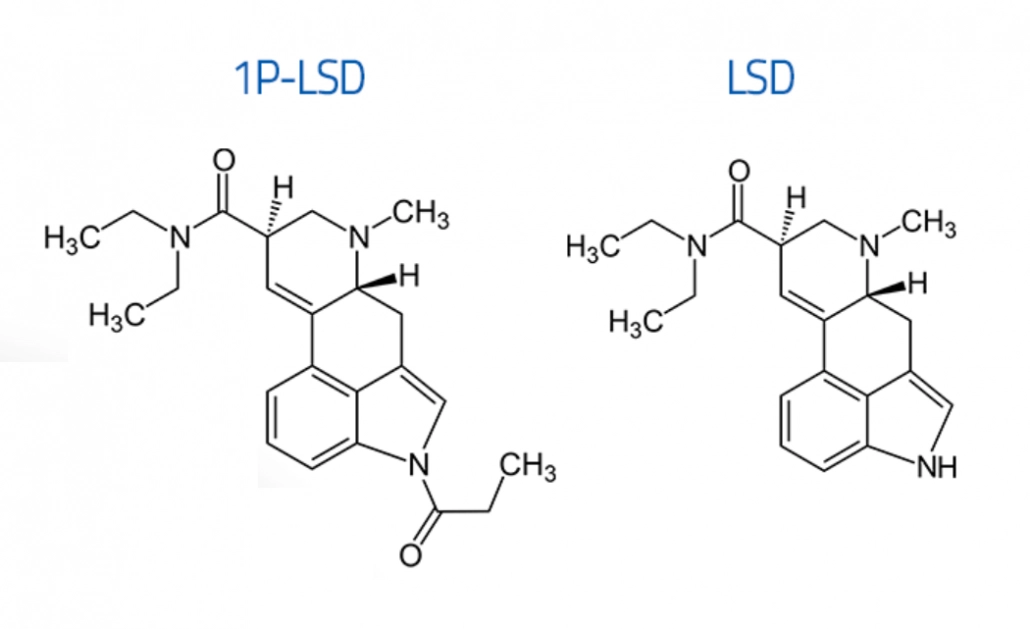
1P-LSD vs LSD
1P-LSD is subjectively similar to LSD, with many users finding the effects to be practically identical. Chemically, the difference between the two is that 1P-LSD has a small propionyl group bonded to the 1-position of LSD’s indole ring.[5]
Psilacetin (4-ACO-DMT) vs Psilocybin
Psilocybin and Psilacetin (4-ACO-DMT) have very similar effects and share similar chemical structures. The effects of Psilacetin (4-ACO-DMT) lasts slightly longer (up to 7 hours) than that of psilocybin (4-6 hours). Both psilocybin and Psilacetin (4-ACO-DMT) are converted into psilocin in your body after being ingested.
Many reports of Psilacetin (4-ACO-DMT) compare it favorably to psilocybin, describing it as more euphoric, gentle, warm, and colorful. It has also been described as less jarring/scary, and less likely to produce nausea as there is less material to consume.
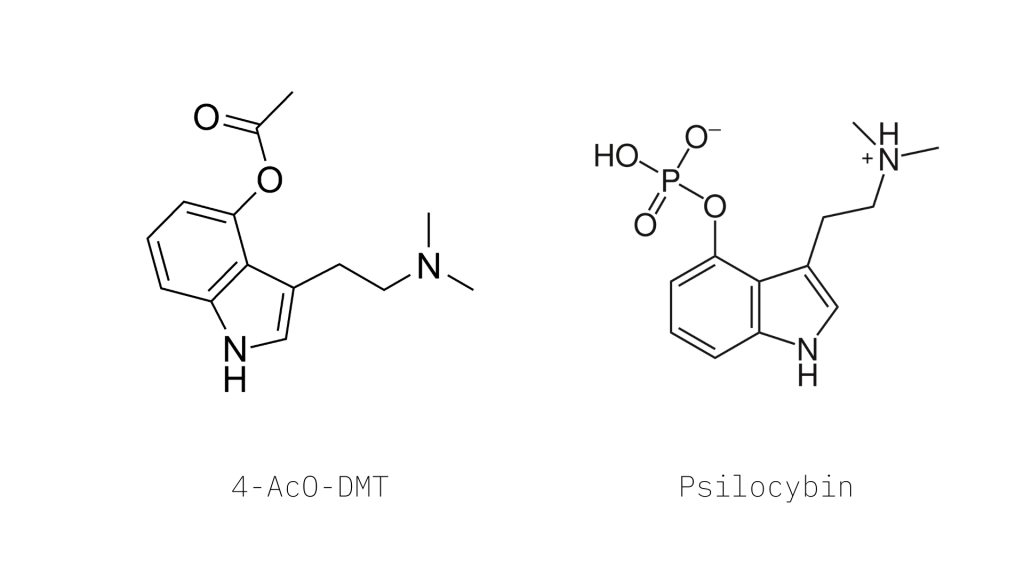
Default Mode Network
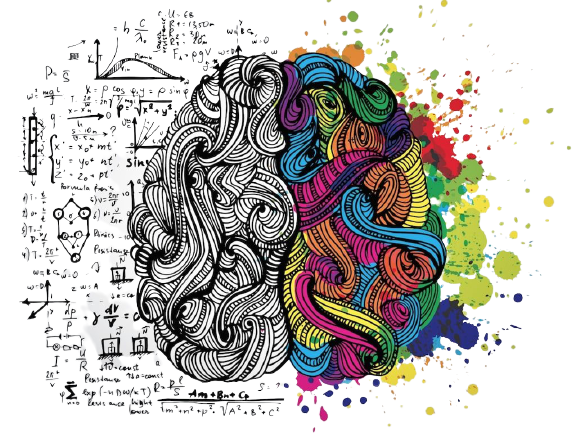
Creativity, Neuroplasticity, Presence
The Default Mode Network is an area of the brain used for an array of different mental activities, including day-dreaming, self-reflection, and thinking about the past or the future. Some studies suggest that depression is linked to an overactive DMN. [8] It’s possible that a highly active DMN causes us to ruminate, over-analyze ourselves, and step out of the present moment to constantly question the past and the future.
This helps explain why these substances could be used to combat depression and anxiety, and lead to insights and creative perspectives that otherwise remain inaccessible to us.
Flow States
All of us, at some point in our lives, have experienced a flow state. The surfer effortlessly riding a big wave, the therapist perfectly in-sync with her client, the salesman working the room in an out of body experience… all are examples of people performing at their best while in flow.
Simply put, flow is truly one of the great experiences of being human.
Studies show that moderate doses of psychedelics cause brain waves to shift more towards alpha oscillations, which is also seen in the transition to a flow state. [9]
Psychedelics imitate the neurotransmitter serotonin when they enter the brain – and we know that serotonin is found in higher levels in flow states. Similarly, psychedelics increase the levels of dopamine in the brain, [10] another neurotransmitter which is found in higher levels in flow states.
Perhaps most importantly, psychedelics’ ability to dampen down the DMN can allow our brains to make unique connections between areas that don’t usually communicate. [7] This is crucial for allowing flow states to occur.
Since we know that moderate doses of psychedelics can induce similar effects to a flow state in the brain, it seems likely that a regular microdosing regimen will start to shift our awareness in the direction of flow.
Footnotes
- [1] Waldman, A. (2017). A Really Good Day: How Microdosing Made a Mega Difference in My Mood, My Marriage, and My Life. New York: Anchor Books.
- [2] Riedel, G., Platt, B., Micheau, J.(2003). Glutamate receptor function in learning and memory. Behavioural Brain Research, 140(1-2):1-47. doi:10.1016/S0166-4328(02)00272-3
- [3] Vollenweider, F. X., Kometer, M. (2010). The neurobiology of psychedelic drugs: implications for the treatment of mood disorders. Nature Reviews Neuroscience, 11:642-651. doi:10.1038/nrn2884
- [4] Brandt, et al. (2016). Return of the lysergamides. Part I: Analytical and behavioural characterization of 1-propionyl-d-lysergic acid diethylamide (1P-LSD). Drug Testing and Analysis, 8(9):891-902. doi.org/10.1002/dta.1884
- [5] PsychonautWiki. 1P-LSD. Retrieved from https://psychonautwiki.org/wiki/1P-LSD.
- [6] kman1898 (2015, 16 Feb). The Big & Dandy 1P-LSD Thread, Volume 1 #92 [Online forum comment]. Message posted to https://www.bluelight.org/vb/threads/745848?p=12880348&viewfull=1#post12880348.
- [7] Carhart-Harris, R. L., et al. (2016). Neural correlates of the LSD experience revealed by multimodal neuroimaging. National Academy of Sciences, 113(17):4853-4858. doi:10.1073/pnas.1518377113
- [8] Sambataro, F., Wolf, N. D., Pennuto, M., Vasic, N. (2014). Revisiting default mode network function in major depression: evidence for disrupted subsystem connectivity. Psychological Medicine, 44(10):2041-2051. doi:10.1017/S0033291713002596
- [9] Kometer, M., Schmidt, A., Jäncke, L., Vollenweider, F. X. (2013). Activation of serotonin 2A receptors underlies the psilocybin-induced effects on α oscillations, N170 visual-evoked potentials, and visual hallucinations. The Journal of Neuroscience, 33(25):10544-51. doi:10.1523/JNEUROSCI.3007-12.2013
- [10] Nichols, D. E. (2016). Pharmacological Reviews, 68(2):264-355. doi:10.1124/pr.115.011478
- [11] GRIZZLYhodl. Regular old LSD vs 1P-LSD, thoughts? Anyone done a side by side comparison? [Online forum comment]. Message posted to https://www.reddit.com/r/microdosing/comments/6nkf3d/regular_old_lsd_vs_1plsd_thoughts_anyone_done_a/dka741v/.
- [12] mammalian. 1P-LSD not dissolving properly in alcohol [Online forum comment]. Message posted to https://www.reddit.com/r/microdosing/comments/76mkd9/1plsd_not_dissolving_properly_in_alcohol/dofg5qu/.
- [13] Erowid. (2015, Feb 10). LSD Drug Testing. Retrieved from https://www.erowid.org/chemicals/lsd/lsd_testing.shtml.
